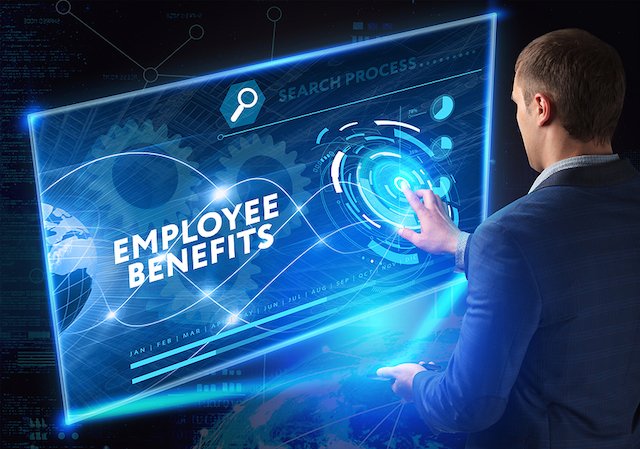According to a new study released Nov. 16 by LIMRA and EY, there is a growing employee appreciation for non-medical benefits such as paid family medical leave, life insurance, disability insurance, and wellness programs.
With the onset of the pandemic, workers became increasingly concerned about their financial security and emotional and physical wellbeing. The study predicts this increased demand, combined with the fierce competition for top talent, will drive non-medical workplace benefits to grow 20% by 2026.
The study, conducted by LIMRA and EY in mid-2021, surveyed employers and workers, and interviewed workplace brokers and benefits administration and technology providers to explore the different perspectives on the current and future state of the U.S. workforce benefits market. The report, Harnessing Growth and Seizing Opportunity: The Future of Workforce Benefits, identified several trends that will shape the U.S. workforce benefits market over the next five years.
Greater workforce diversity and expanding hybrid work options will change the benefits landscape
Today’s workforce is comprised of up to five generations of increasingly ethnically and racially diverse workers with unique needs and expectations. This diversity will require employers to expand their benefits offerings to address different generations’ distinct needs and preferences. Two thirds of midsized and large employers expect the number of benefits offerings to expand to address the needs of multi-generational workers.

“Our study finds three quarters of employers (76%) believe their employees will expect a wider variety of benefits options in the future,” said Patrick Leary, corporate vice president and head of LIMRA Workplace Benefits Research. “Employers see benefits as a necessary tool to be able to compete in the war for talent. Despite 54% of employers reporting a decrease in revenue in the last year, the vast majority are not planning to cut back on benefits and almost half are considering offering a customized menu of benefits to help attract and retain talent.”
The research also revealed employees have a greater appreciation for their insurance benefits. One third of all employees—and nearly half of Millennials—say their insurance benefits are more valuable to them since COVID-19. Paid medical leave (48%), life insurance (44%) and long-term disability insurance (36%) were among the top benefits employees said they were extremely or very interested in having their employer offer.
“Providing a holistic compensation package which offers meaningful benefits is especially important to Millennials, who have always sought to work for employers that genuinely care about their well-being,” noted Leary. “Customized benefits are one of the best ways employers can demonstrate that.”
Digital transformation is inevitable
In the aftermath of COVID-19 and facing an increasing war for talent, more employers are expanding the use of hybrid work models to attract and retain skilled employees. In addition, one third of employers expect the number of contract and freelance workers to expand over the next five years. This increase in remote hybrid and contract workers will require employers to leverage technology to deliver and service their benefits offerings.

“Currently, the vast majority of employers are using digital solutions for a range of services across the end-to-end value chain. There are also a significant number of digital solutions that employers do not have but want, which signals unmet needs,” said EY Americas Life & Group Insurance Transformation Leader Chris Morbelli. “Nearly 6 in 10 employers that use carrier-provided benefits technology expect to rely on this technology more over the next five years, but a significant portion (44%) of employers are not fully satisfied with the technology provided by their insurance carrier today. This suggests carriers need to hasten their digital transformation to meet their clients’ expectations.”
Employers indicate that seamless digital services are no longer optional. Two thirds of employers say they would select benefits providers that have systems in place that work well with their benefit technology platform, even if the product is a little more expensive. More than 8 in 10 midsized and large companies expect carriers’ digital capabilities will play a larger role in the selection of insurance benefits providers.
“Not surprisingly, COVID-19 has accelerated the transformation in workplace benefits. Not only did it heighten workers’ awareness of the value of life insurance, disability, leave, and income protection products, it also revealed a significant need for streamlined digital access to information and services that employees can access from wherever they work,” Morbelli commented. “Ultimately, rich, personalized benefits that support increased work-life balance and meet the needs of a diverse, multigenerational workforce will be critical to attracting and retaining top talent in the future.”
To read the full report, visit: Harnessing Growth and Seizing Opportunity: The Future of Workforce Benefits.














Non workplace benefits such as :
discount on my cell bill….yay
discount on other crap I don't need or use….so what